Why fragmentation ruins the TV streaming experience

For a brief moment, a couple of years ago, it seemed as if established media companies understood the Internet for the first time.
Customers had been battling with companies over restrictions, availability and price of media they consumed for years.
This was especially apparent in the music streaming sector. Programs like Napster showed what the Internet was capable of but instead of embracing this new world of possibilities, companies began to fight it.
Pandora, an Internet radio service had to block users from most countries in the world from accessing its service, and some companies went to great length to ensure that their music was not copied by their customers (Sony and the infamous rootkit).
Then came the first subscription-based services and while you had to pay for access to the whole catalog, they offered content from all big labels with a few notable exception.
While geo-blocking is still an issue today, most music streaming catalogs are well filled and provide access to the majority of "mainstream" music.
The chance was there for TV to make the same transition, from costly cable network subscriptions to cheaper, always available TV content on the Internet.
Netflix came and it looked as if it could be the service everyone waited for. Sure, it was geo-locked as well and did not offer all TV content yet, but it seemed only a matter of time until it did.
Then came other services, Hulu Plus, Amazon Instant Video, as well as network or company specific streaming offers such as HBO Go, WWE Network or Fox on Demand. And more are about to launch subscription services including Disney or YouTube. And those are only what is being offered in the US.
Suddenly, you were in a position were you could not just launch one service to watch whatever you wanted to watch. You had to compare offerings, see which service got the rights to a TV show or movie you were interested in, and consider subscribing to that service.
Instead of competing on the service level, by offering the best possible product to users, services focus on exclusive content instead to attract customers.
In the current situation, you either limit yourself in regards to what you have access to in terms of content, or subscribe to multiple services instead which inflates what you pay per month for these services.
The free Popcorn Time application showed how things could have been much like Napster did for music. One application that provides access to all the TV and Film content you could ever imagine.
Would users pay for such an offering? Many would certainly and while there will always be some who don't, such an offering would certainly become popular quickly.
Netflix and Amazon are pushing self-produced TV shows, and one of the main reasons why these companies do so is the fragmentation. They may lose access to content in the future that they have licensed, or may not get content at all if companies decide to broker exclusive deals with other streaming services or make it available on their own.
Where does it leave the consumer? In a bad spot. Programs like Popcorn Time show how things could be, but they are not legal to use in most countries, and the chance of a legal service popping up that is providing access to all TV content seems to get slimmer by the week.
Now You: Do you watch TV online?


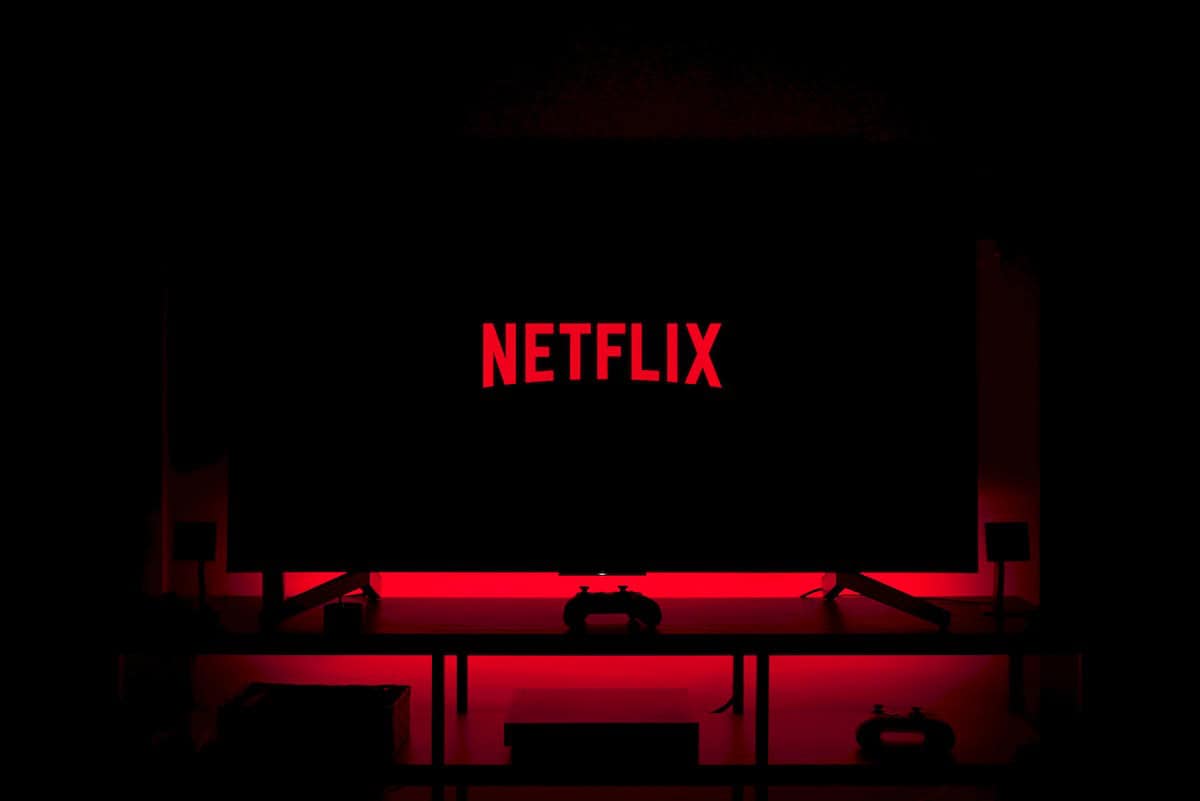
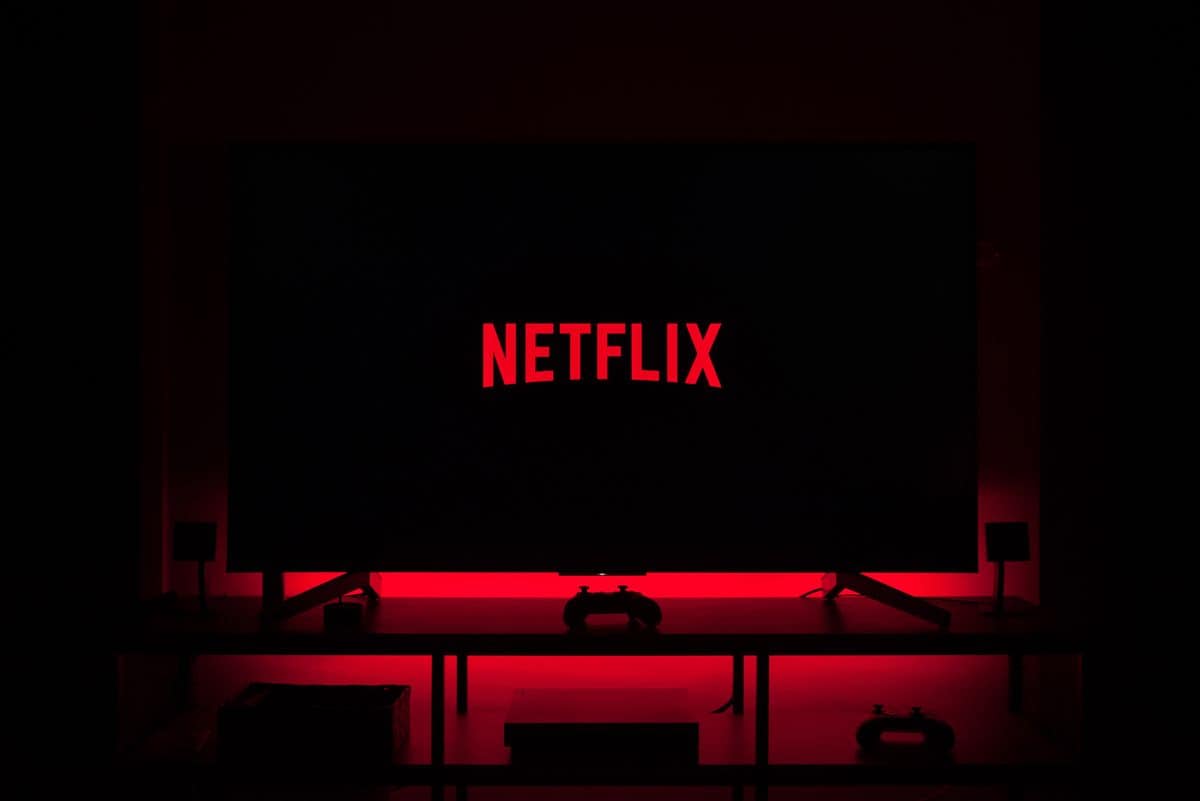

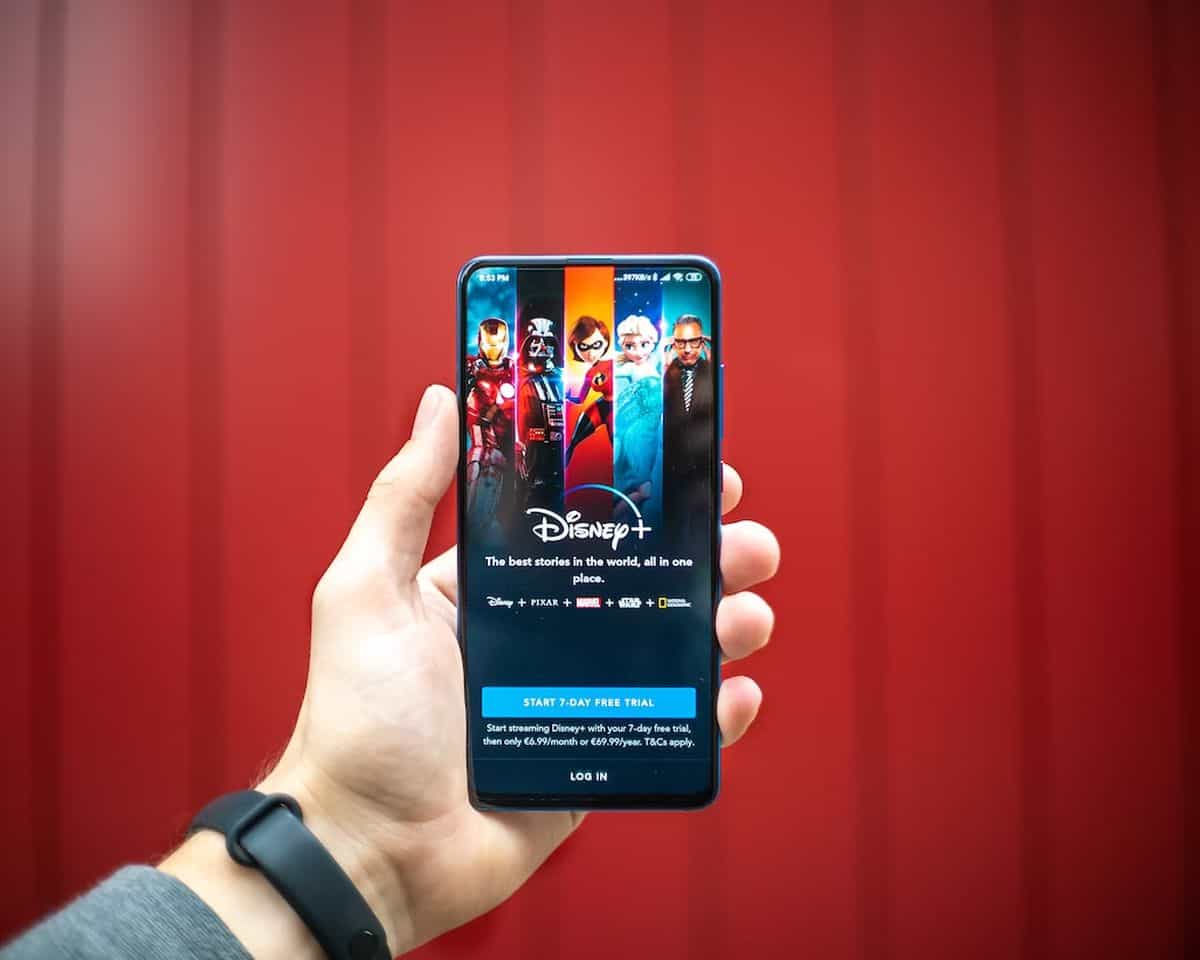
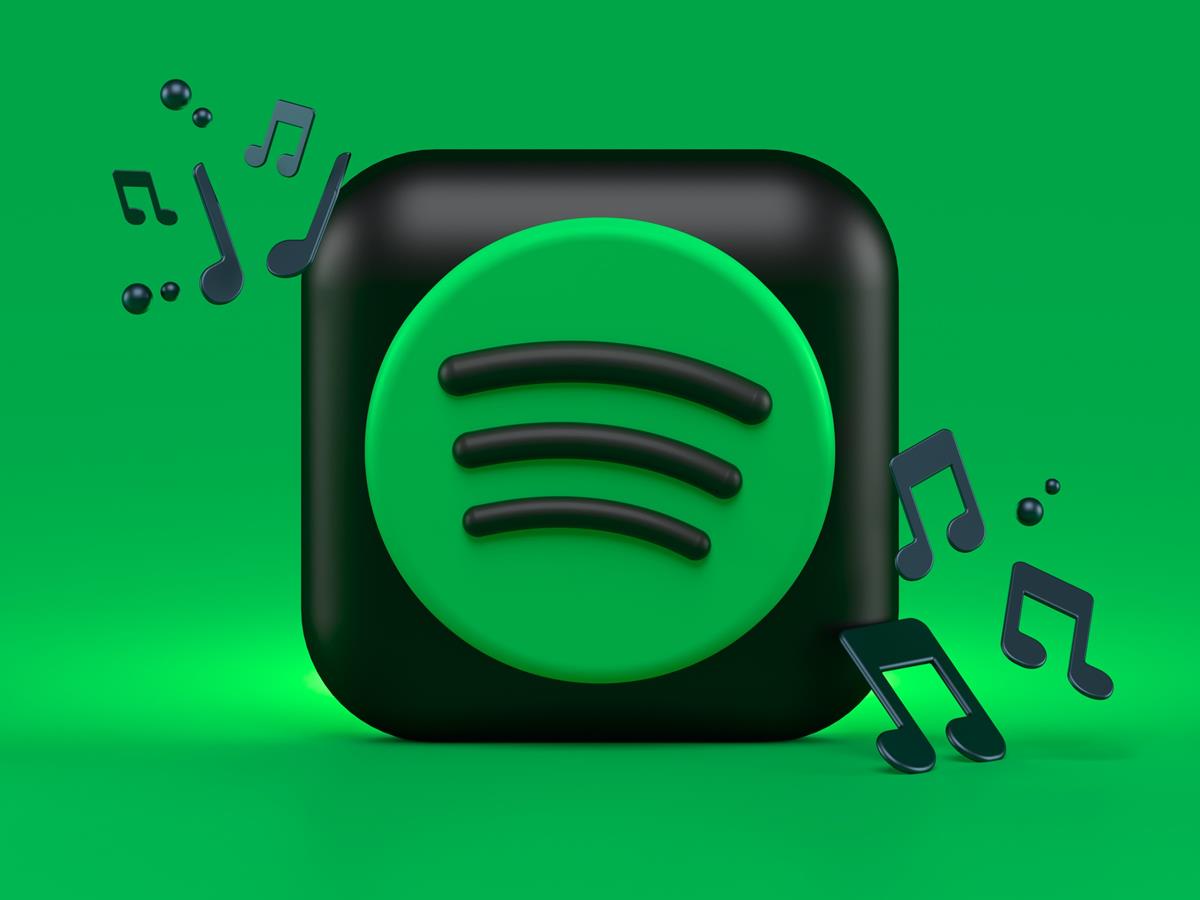

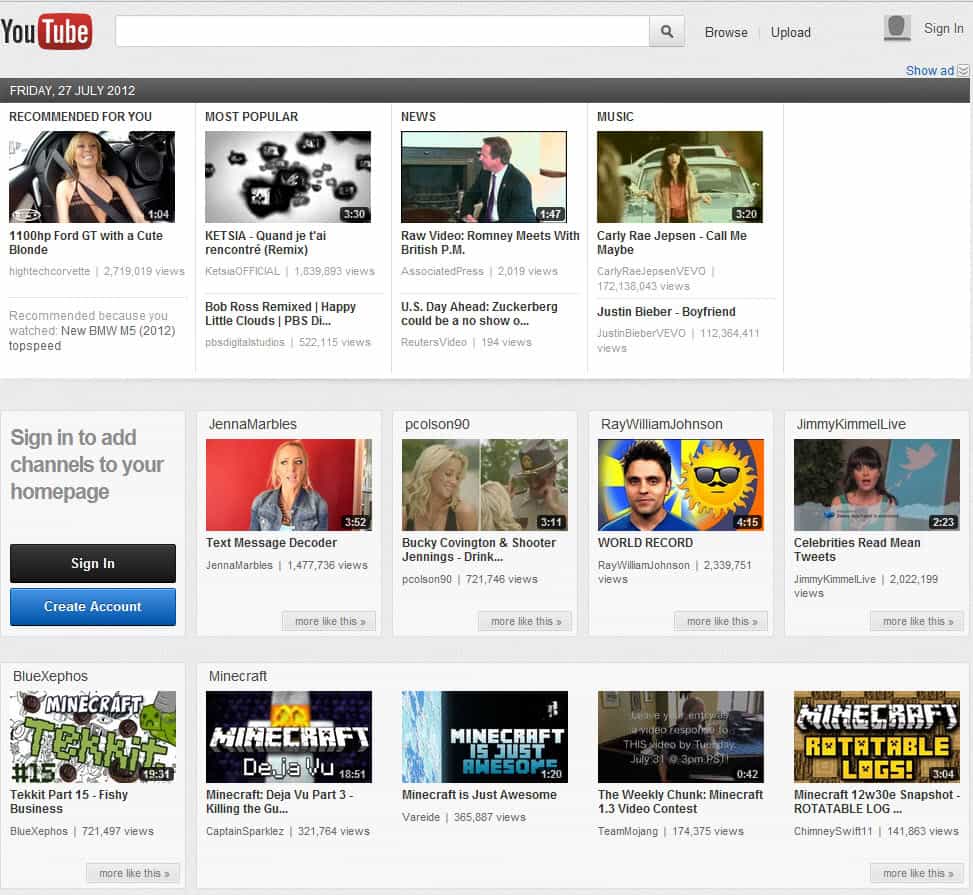

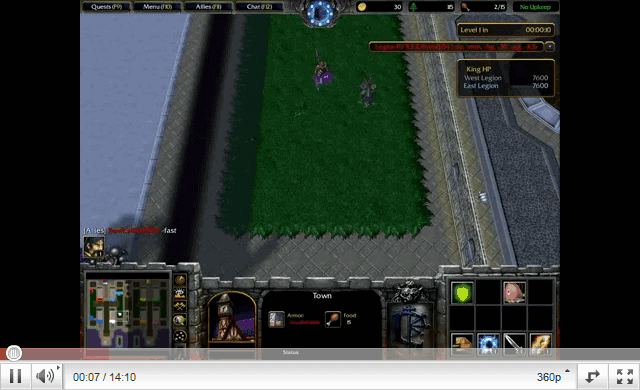
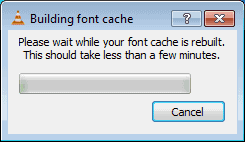










Sure we have to put up with fragmented services, but after dumping DISH, we save almost $85.00 per month, and we’re watching what WE want to watch. Netflix, Hulu, Amazon Prime, YouTube, CBS all access, and Google Play have provided everything we want.
How long will that be sustainable if more and more pay-to-stream services appear and the content you want is spread more thinly across the lot of them?
It’s the same with football (soccer) in the UK. Two main providers with 1/2 the matches from the premiership on each. So you have to subscribe to both to see all the matches.
No need to be concerned. This situation will soon devolve the way everything else in the world of business has: mergers and acquisitions will soon reduce the world of online TV to two providers.
Popcorntime is dead https://torrentfreak.com/popcorn-time-chaos-triggers-more-downtime-151023/
Pirates still get the best deal even though they constantly have to battle legal issues and malware infested torrent sites.
Tip: all the major torrent sites work without javascript enabled
We have a raspberry pi 2 with a browser on it plugged into HDMI and watch TV
mydrama.cc also have a live news stream on another web site
also watch netflix an aweful lot
join us at https://plus.google.com/u/0/communities/106411026373341213803
Here is a service which scans across many providers for available movie content:
http://www.canistream.it/
At least in the U.S. the cord cutters drove the demand for such services were provisioned as multichannel video programming distributor
Traditional incumbent service providers for both TV and internet bundle services w/ linear offerings (ex online video distributors MVPD) that came with the digital OTT and set-top boxes
Pay attention and guess what happens next
see Aereo, or Netflix/Comcast fast lanes
I personally look forward to more services and devices like Roku, Sling,Amazon Prime,Hulu etc
Isn’t that what Red is? Access to ad-free YouTube, all originals they create for Red, and if I’m not mistaken, it includes access to the unlimited music streaming service.
I think when they launch the family plan in a month or two, that’ll be the better deal ($15/mo for 6 users).
Following on from the YouTube Red discussion, if Google provided a bundled subscription service including its music service, along with its movies and TV shows service (and YouTube Red), that would be a real game changer.